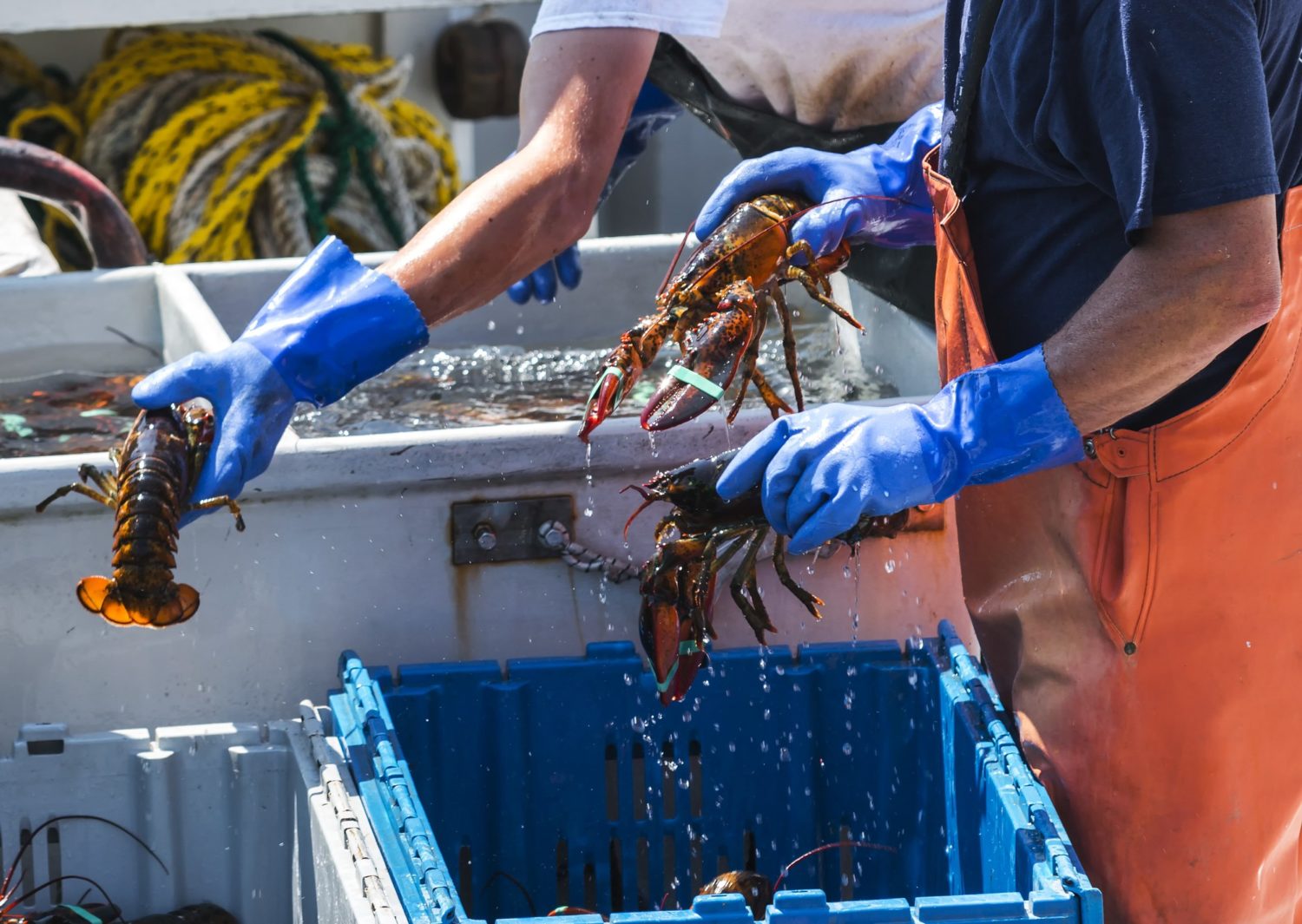
This news comes in just time for peak lobster season in Maine, which takes place between late-June and December. Dassatt says that at this time of year, she and her fellow lobstermen are erring on the conservative side when setting traps to avoid an oversupply of unsold seafood. “We’re unsure of the tariffs and the market at this point in time. We are, what we call, slow fishing.”
Lobsters are big business in Maine, making up nearly three-quarters of commercial fishing landings by dollar value in 2019, according to the state Department of Marine Resources. Per the National Marine Fisheries Service, lobsters are the country’s most valuable marine species, based on price, and Maine is the country’s top lobster-producing state. In wake of the tariffs, China, one of the biggest importers of American lobster, turned to buying some of its lobster from Canadian suppliers instead, inadvertently offsetting some of the trade war’s brunt by increasing U.S. sales to wholesalers up north.
Maine officials have long campaigned for trade war protections for harvesters. In March, Governor Janet Mills asked the president for protections, such as direct payments, to support local seafood producers. Last year, Maine state senators and representatives issued a joint letter calling for an end to tariffs on lobsters, and illustrating the damage that they’d had on the homegrown industry.
"industry" - Google News
June 27, 2020 at 03:05AM
https://ift.tt/2NuJoQ6
Trump wants to use trade war bailout funds to buoy Maine’s lobster industry - The Counter
"industry" - Google News
https://ift.tt/2RrQtUH
https://ift.tt/2zJ3SAW
Bagikan Berita Ini














0 Response to "Trump wants to use trade war bailout funds to buoy Maine’s lobster industry - The Counter"
Post a Comment